Call it the cosmic kitchen. NASA’s James Webb Space Telescope has spotted a concoction of chemical ingredients that might just be the secret recipe for life as we know it. Among the cosmic blend are compounds found in everyday items like margaritas, vinegar, and even the sting of an ant. These findings were centered around two youthful stars in the making, known as IRAS 2A and IRAS 23385, where the seeds of potentially habitable worlds might one day sprout.
Leveraging the powerful Mid-Infrared Instrument (MIRI) aboard Webb, an international team of astronomers has uncovered a variety of icy compounds teeming with complex organic molecules. These include ethanol, the type of alcohol found in beverages, and likely acetic acid, a key ingredient in vinegar. This discovery, published in the journal Astronomy and Astrophysics, is part of a broader effort to understand the abundance of diverse ices in the dark, cold reaches of space, setting the stage for insights into planet formation and the origins of life.
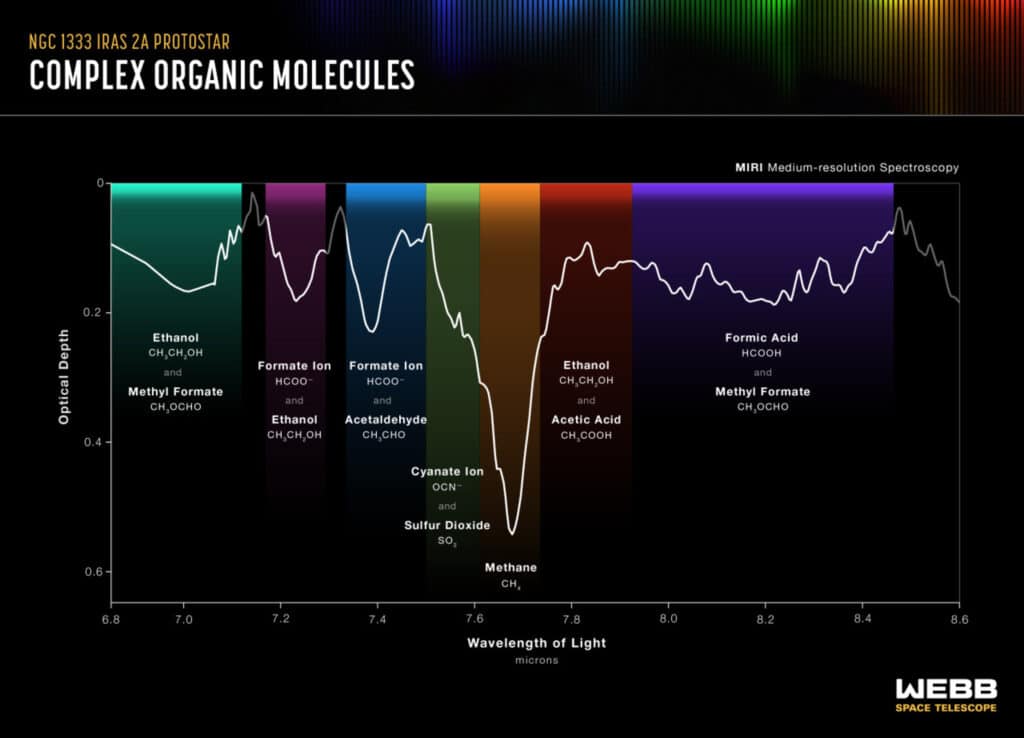
“This finding contributes to one of the long-standing questions in astrochemistry,” says team leader Will Rocha, of Leiden University in the Netherlands, in a media release. “What is the origin of complex organic molecules, or COMs, in space? Are they made in the gas phase or in ices? The detection of COMs in ices suggests that solid-phase chemical reactions on the surfaces of cold dust grains can build complex kinds of molecules.”
This isn’t the first time scientists have detected COMs. However, finding them in solid ice lends weight to the theory that they transition from solid to gas — a process known as sublimation — without ever becoming liquid. This revelation not only broadens our understanding of how larger molecules form in space but also hints at how these vital ingredients might journey from interstellar clouds to newborn planets.
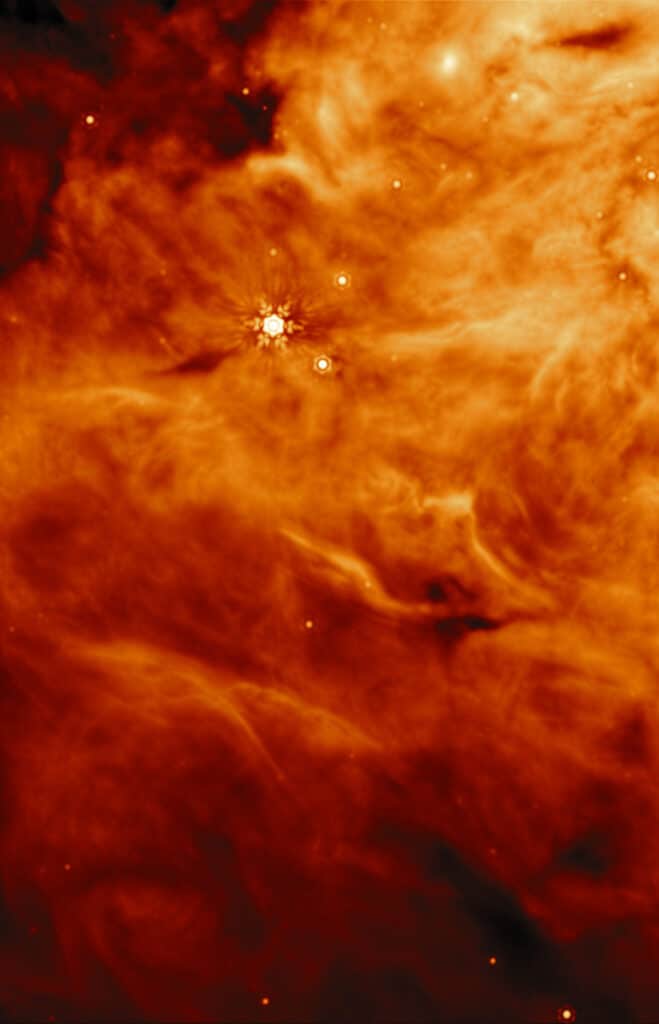
Researchers also delved into how these organic compounds, preserved in ice, could eventually be transported to planets, including Earth, during their formative years. Encased within comets and asteroids, these molecules might have crash-landed on primitive Earth, seeding the planet with the raw materials needed for life to emerge.
The study didn’t stop at complex molecules — it also identified simpler substances like formic acid, responsible for the fiery sting of ants, methane, formaldehyde, and sulfur dioxide. The latter, a sulfur-containing compound, is believed to have played a critical role in sparking metabolic reactions on early Earth, pointing to the profound influence these molecules might have on developing planets.
The research casts a spotlight on IRAS 2A, a protostar similar to what our solar system might have looked like in its infancy. The chemicals swirling around this budding star offer a tantalizing glimpse into the early chemical inventory that could have contributed to the development of our own planet.
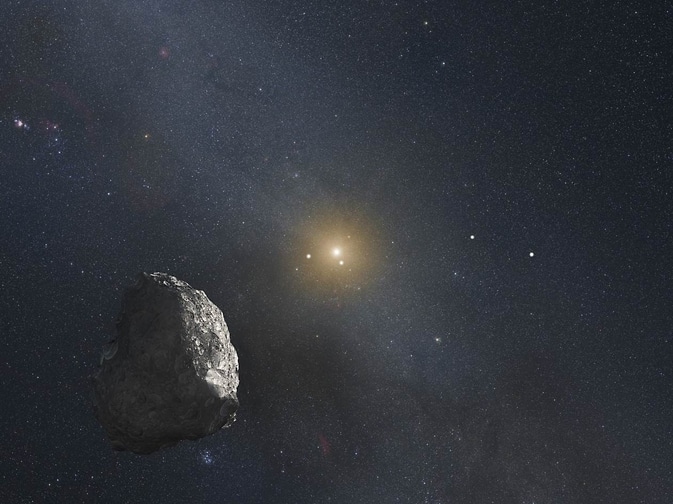
“All of these molecules can become part of comets and asteroids and eventually new planetary systems when the icy material is transported inward to the planet-forming disk as the protostellar system evolves,” notes Ewine van Dishoeck, science program coordinator at Leiden University. “We look forward to following this astrochemical trail step-by-step with more Webb data in the coming years.”
These observations, part of the JOYS+ (James Webb Observations of Young ProtoStars) program, offer a new lens through which to view the complex processes that lead to the birth of stars, planets, and potentially life itself.


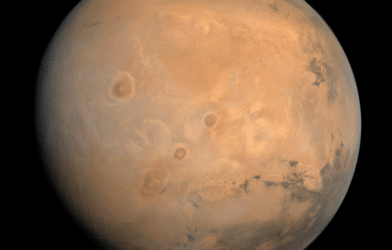


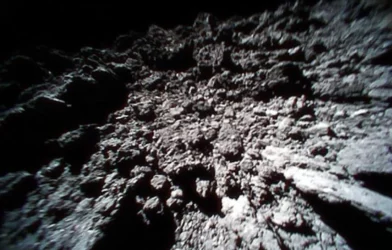
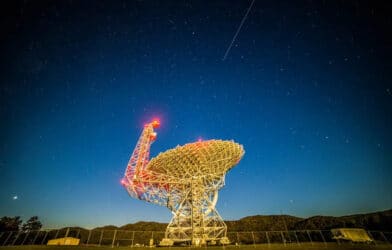






Comments